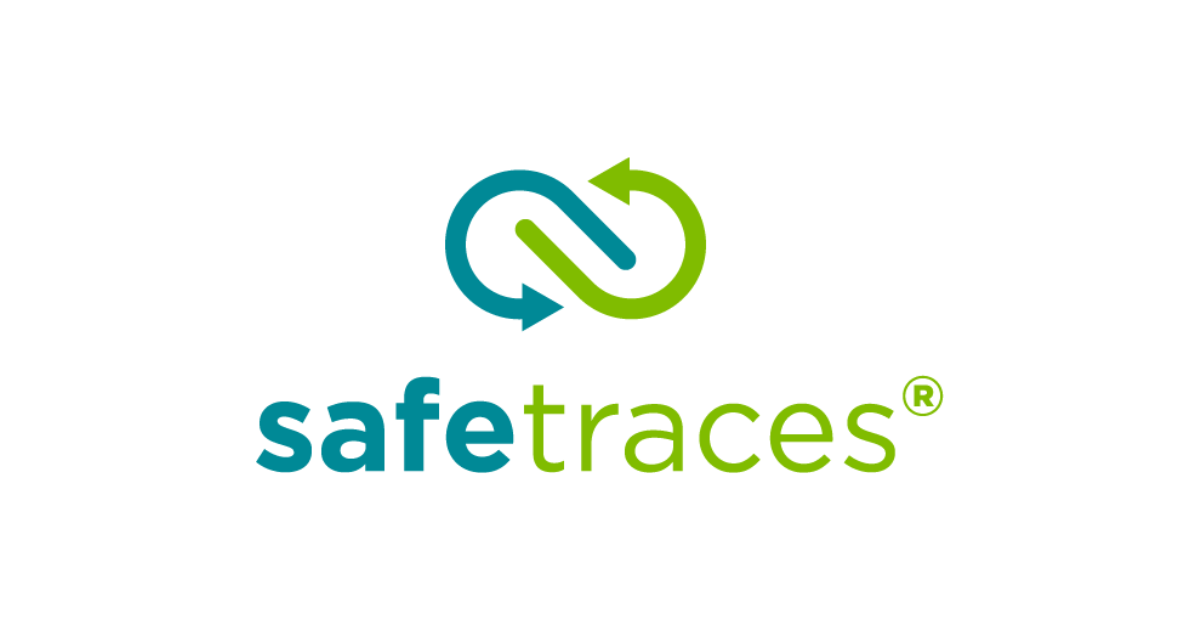
COVID-19 Implications of the Physical Interaction of Artificial Fog on Respiratory Aerosols
Abstract
Background: Artificial fog consists of small liquid aerosols suspended in air which reduce visibility and reflect light. Artificial fog is used in the film, television, and live entertainment industries to enhance lighting, as a visual effect, and to create a specific sense of mood or atmosphere.
Objective: This study investigated the suspension time for liquid respiratory aerosols spiked with tagged deoxyribonucleic acid (DNA) tracers in the presence and absence of glycerin- or glycol-containing artificial fogs.
Methods: Liquid respiratory aerosols with tagged DNA tracers were sprayed into a closed environment without and with glycerin- or glycol-containing artificial fog, with air samples taken at regular intervals to determine the decay of tagged DNA tracer over time. The study treatments included Control (no fog), Glycerin Low (~3 mg/m3), Glycerin High (~15 mg/m3), Glycol Low (~5 mg/m3), and Glycol High (~40 mg/m3).
Results: All artificial fog treatments had lower mean log reduction curves compared to the Control treatment. The differences in mean log reduction for artificial fog treatments vs. control treatments were all statistically significant (p<0.001), except for Glycerin Low treatment (p=0.087). The differences in mean log reduction between treatments using glycerin fog (p=0.129) and glycol fog (p=0.209) were not statistically significant.
Conclusion: Artificial fog use does not increase suspension time of liquid respiratory aerosols, and therefore does not appear to increase the risk of airborne transmission of diseases from liquid respiratory aerosols, such as COVID-19. The suspension time of aerosols in glycol-containing artificial fog decreased more than glycerin-containing fog. In practice, the additional reduction in suspension time provided by the physical interaction of liquid respiratory aerosols with artificial fog does not suggest any practical benefit for using artificial fog as a control measure.
Keywords: Aerosols; Artificial Fog; Atmospheric Fog; Covid-19; Entertainment; Exposure; Film; Physical Interaction; Respirable; Respiratory Aerosols; Sars-Cov-2; Suspension; Television; Theatrical Fog; Transmission




